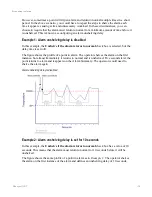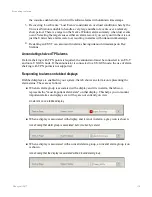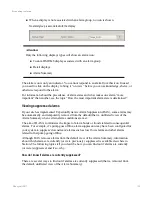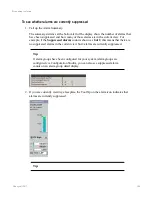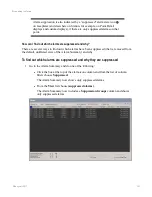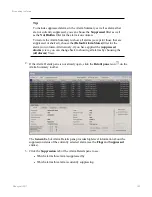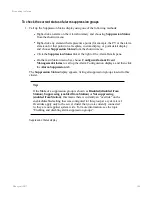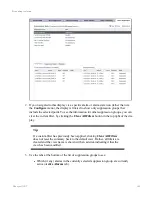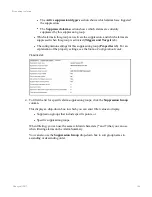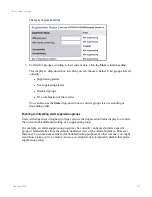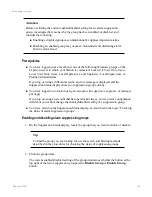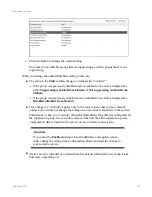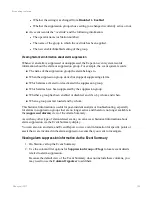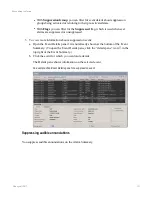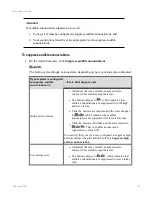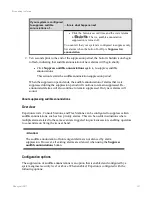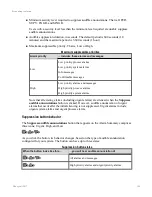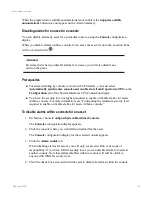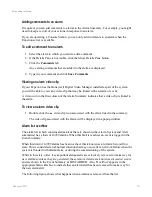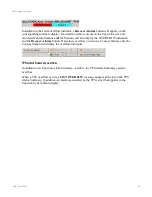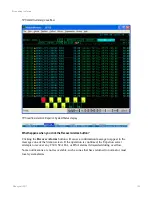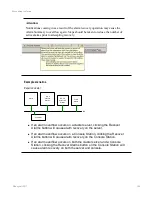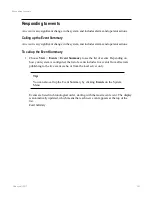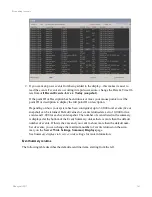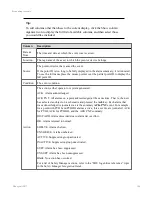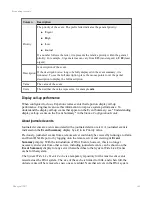
l
Whether the setting was changed from
Disabled
to
Enabled
.
l
Whether the suppression group whose setting you changed is currently active or not.
n
An event records the “override” and the following information:
l
The operator name (or Station number).
l
The name of the group to which the override has been applied.
l
The new enabled/disabled setting of the group.
Viewing historical information about alarm suppression
Whenever an alarm is suppressed or unsuppressed, the Experion event system records
information about the alarm or suppression group. For example, the event system records:
n
The name of the suppression group the alarm belongs to.
n
When the suppression group started (or stopped) suppressing alarms.
n
Which alarms activated (or deactivated) the suppression group.
n
Which alarms have been suppressed by the suppression group.
n
Whether a group has been enabled or disabled, and if so, by whom and when.
n
When a group was last loaded and by whom.
This historical information is useful for post-incident analysis or troubleshooting, especially
for alarms in suppression groups that are no longer active and therefore no longer available in
the
(suppressed alarms)
view of the Alarm Summary.
As with any other type of alarm-related event, you can access historical information about
alarm suppression via the Event Summary display.
You can also run an Alarm and Event Report to view event information for specific points or
assets that were involved in the alarm suppression events that you want to investigate.
Viewing alarm suppression information via the Event Summary
1. On Station, call up the Event Summary.
2. Use the column filter options for
Suppression Group
or
Flags
to locate event details
related to alarm suppression.
Because the default view of the Event Summary does not include these columns, you
may need to use the
Column Organizer
to add them.
Responding to alarms
Honeywell 2017
150

